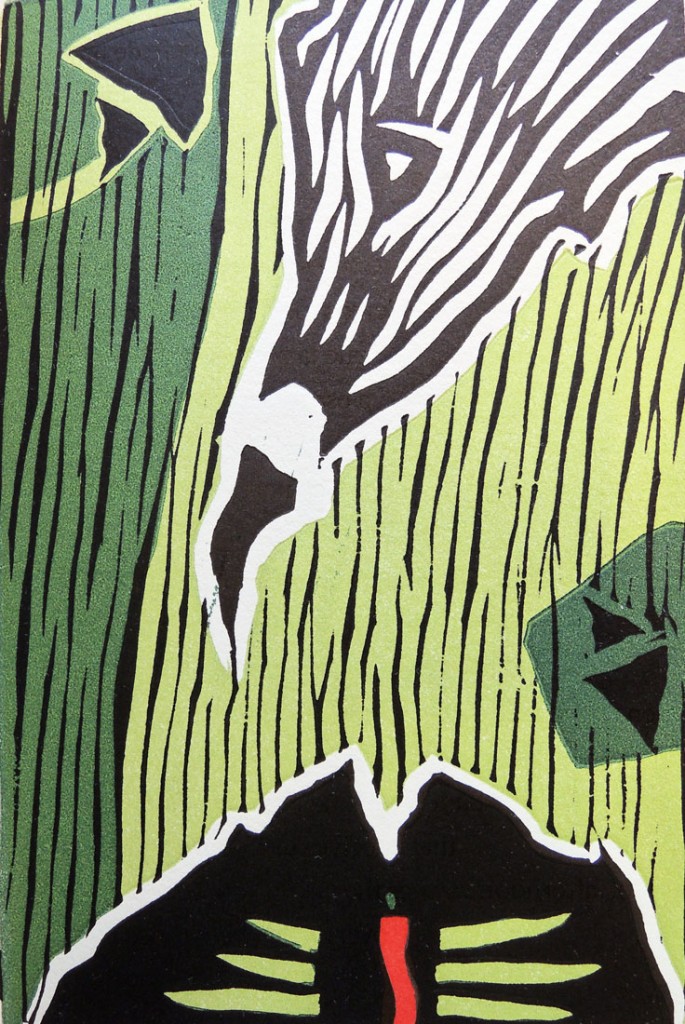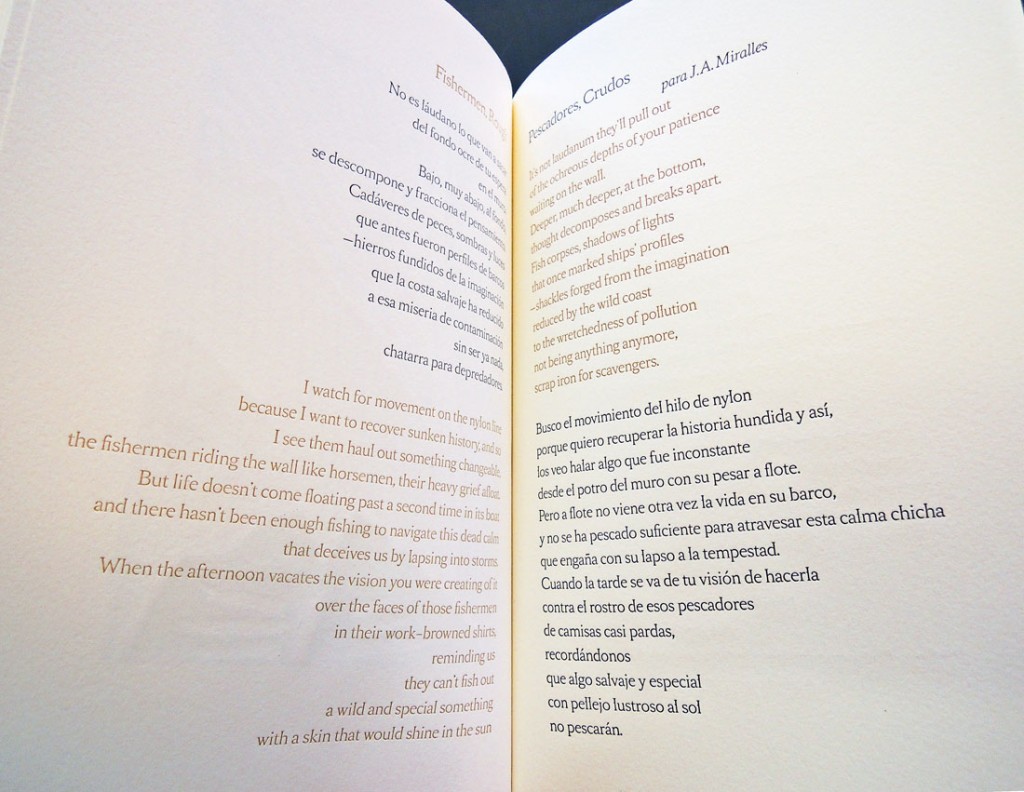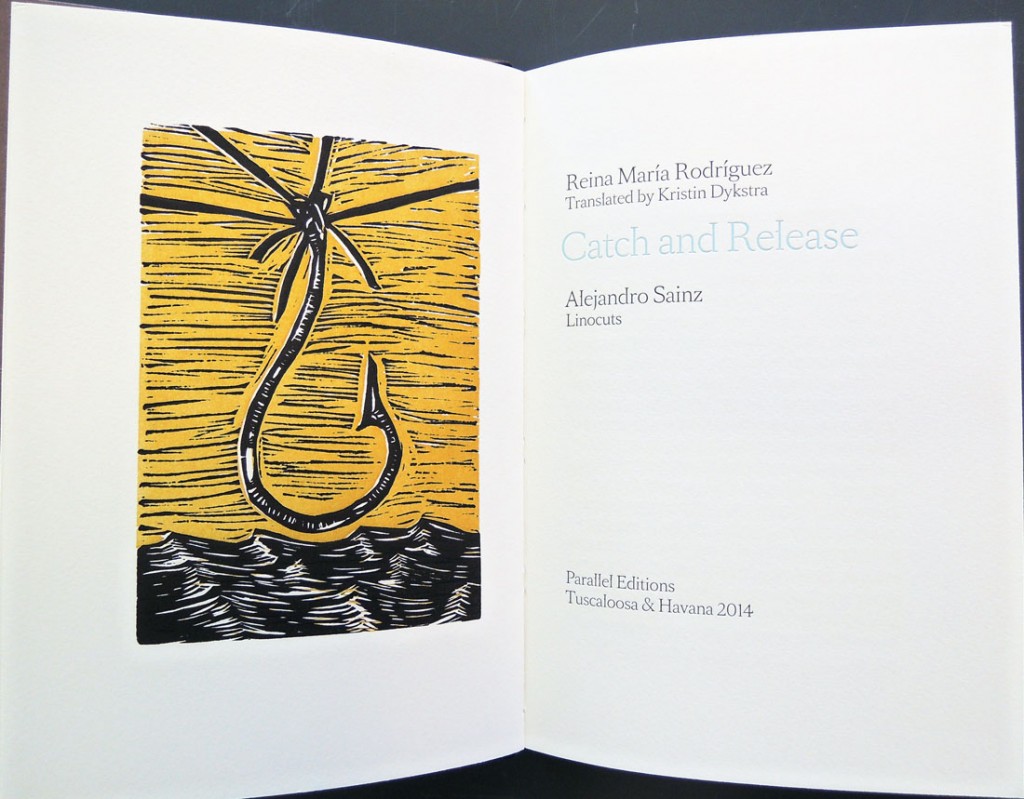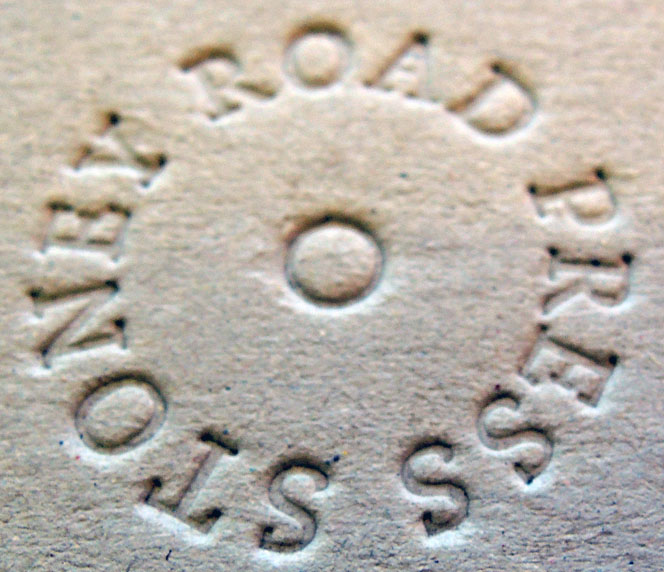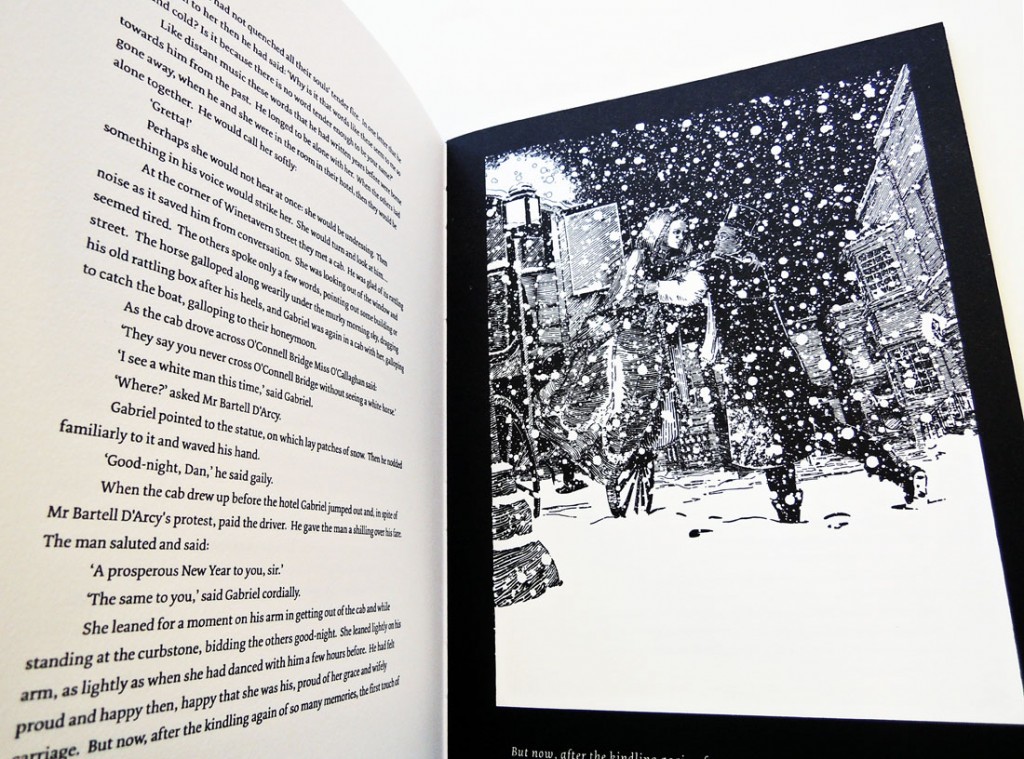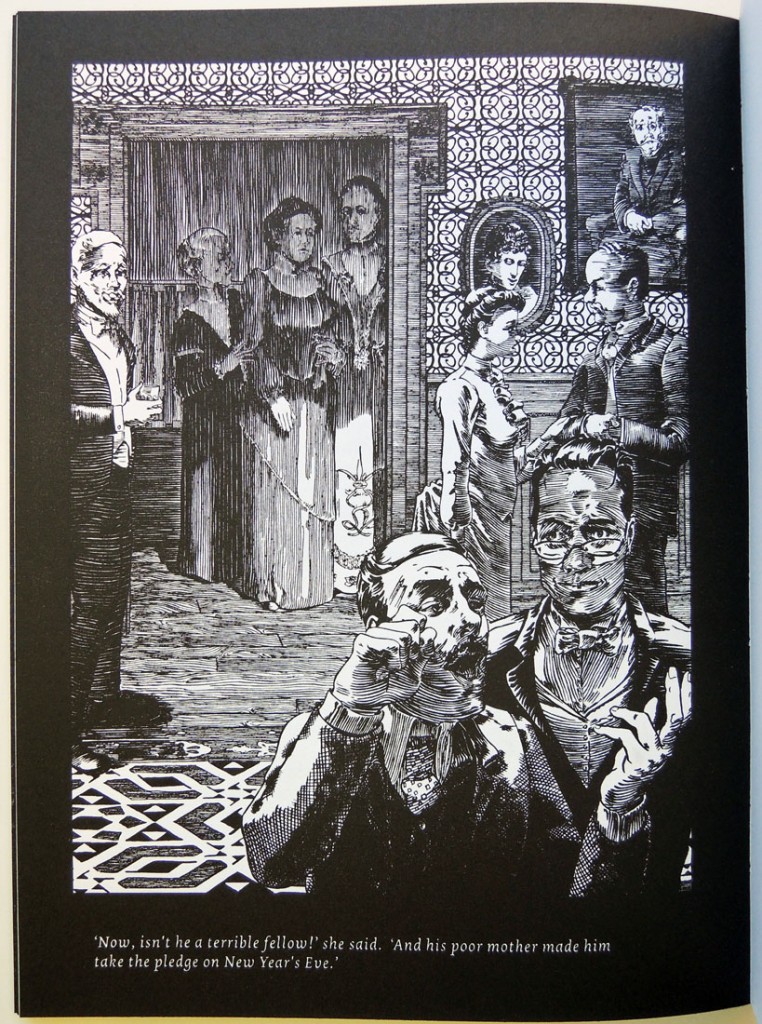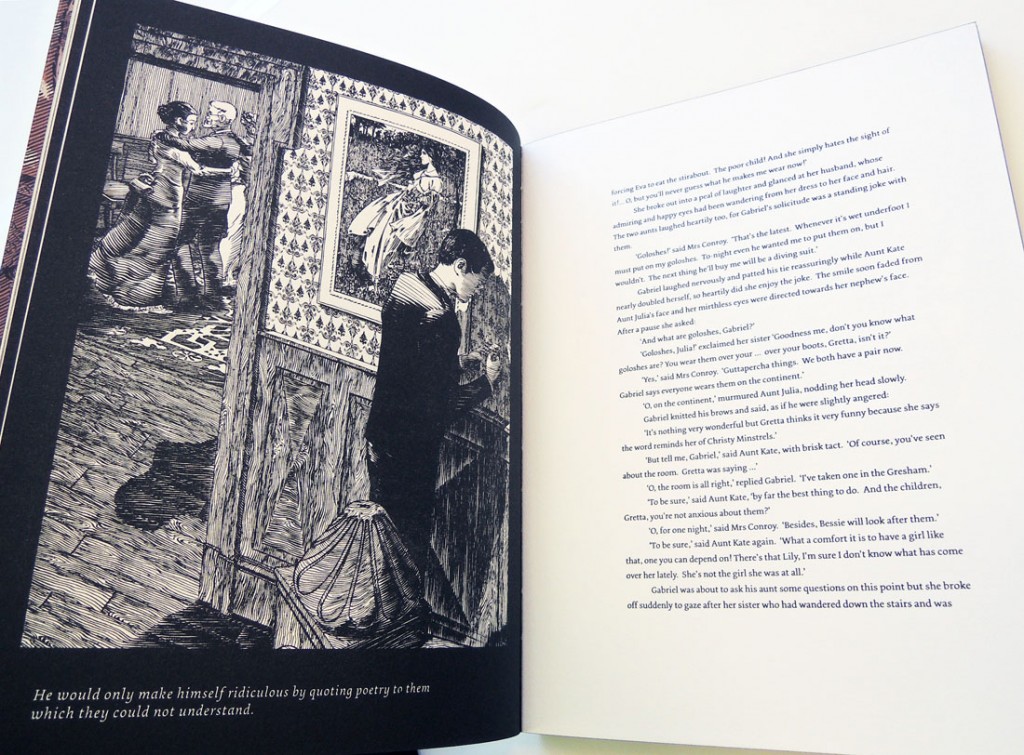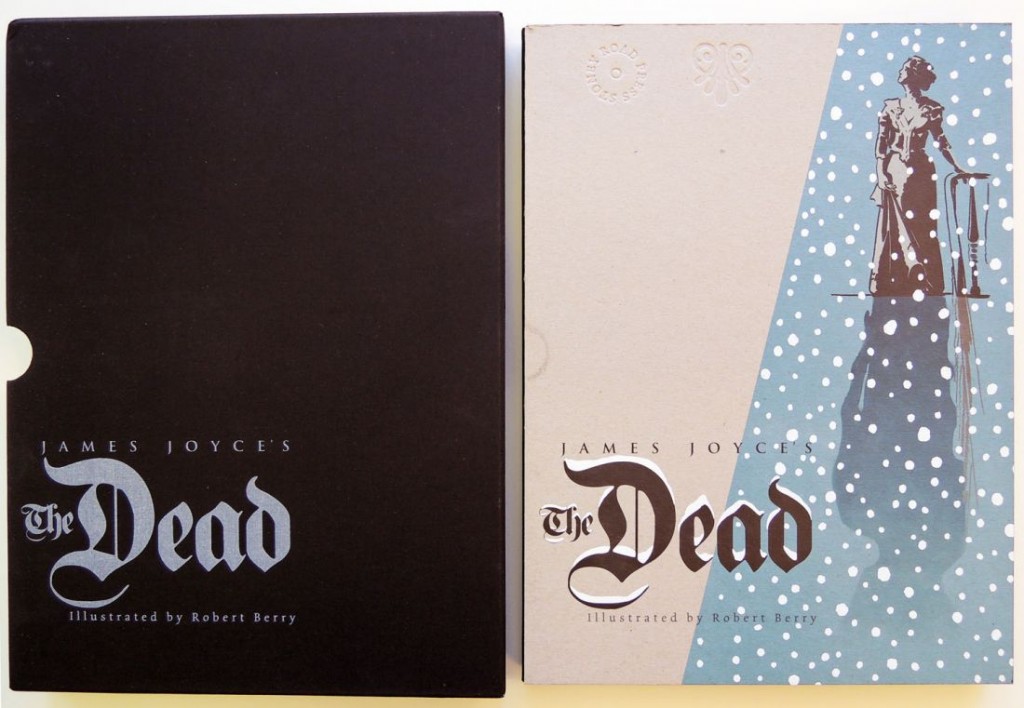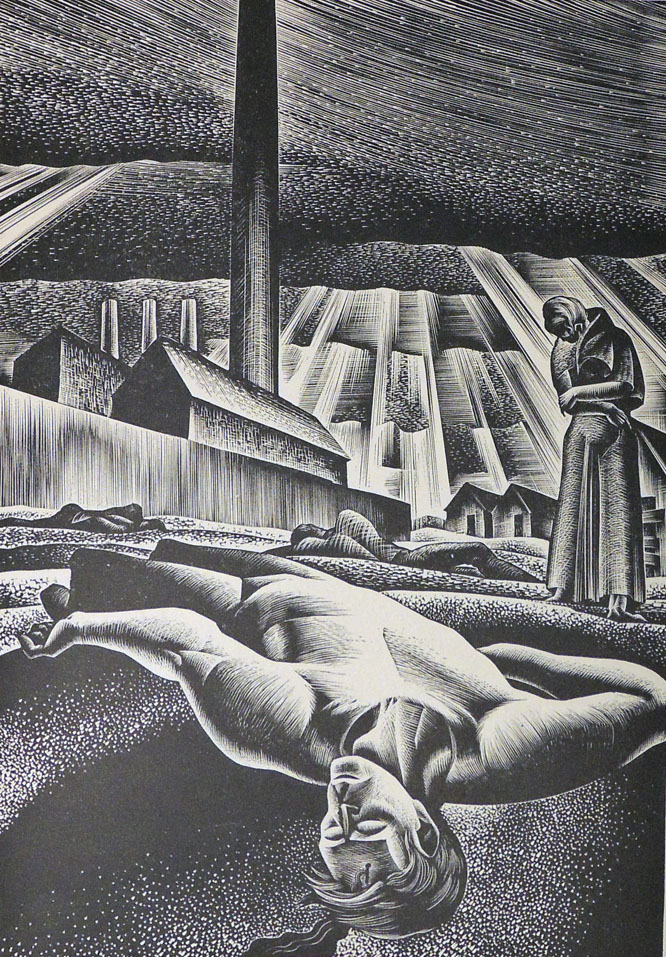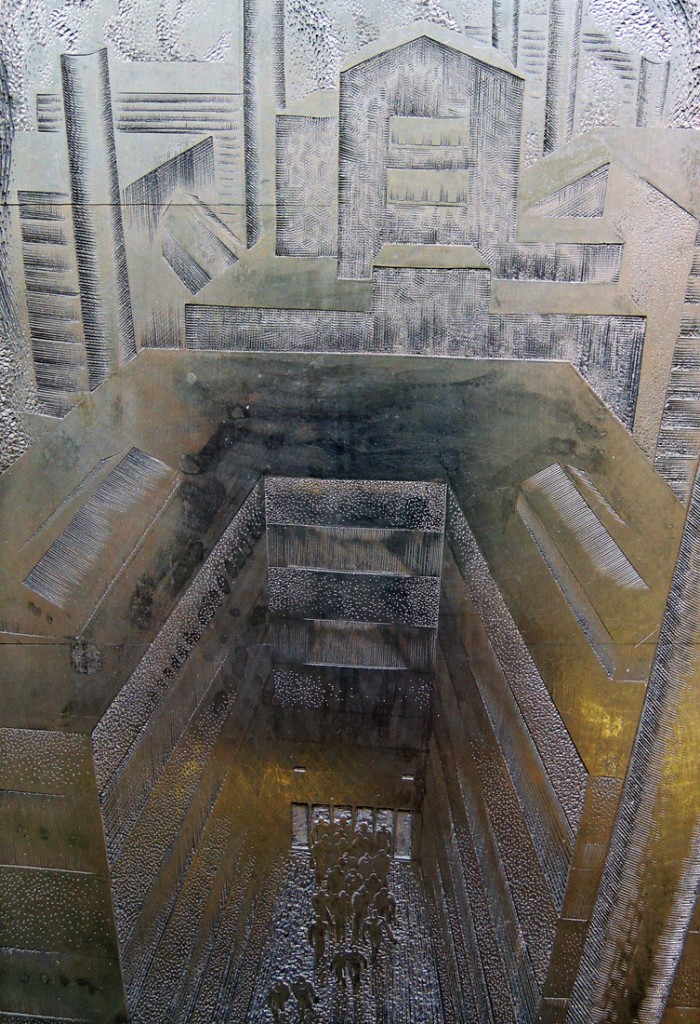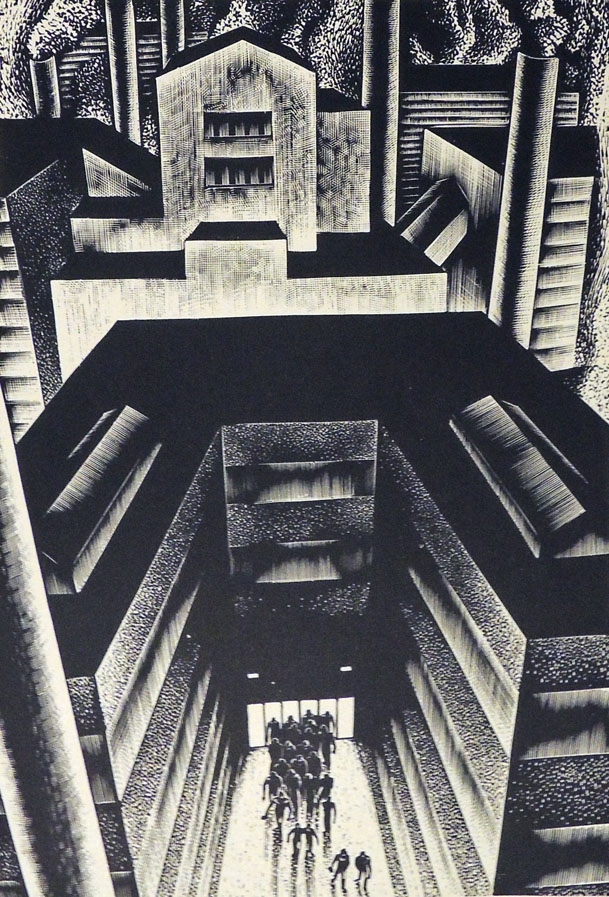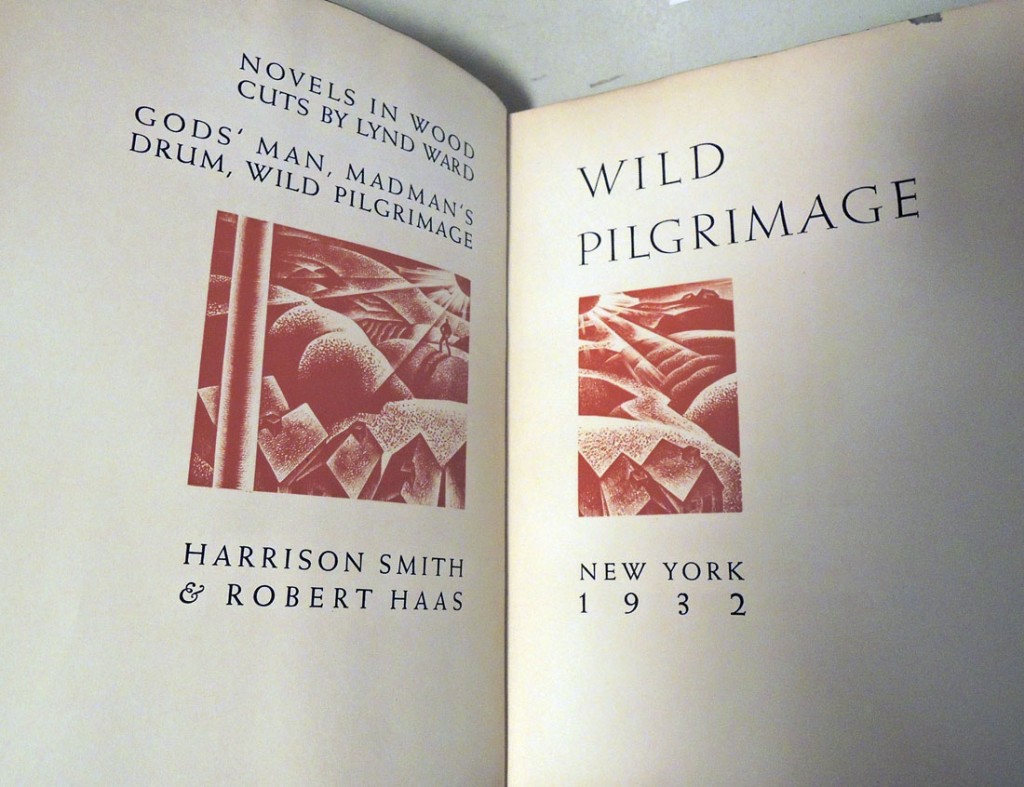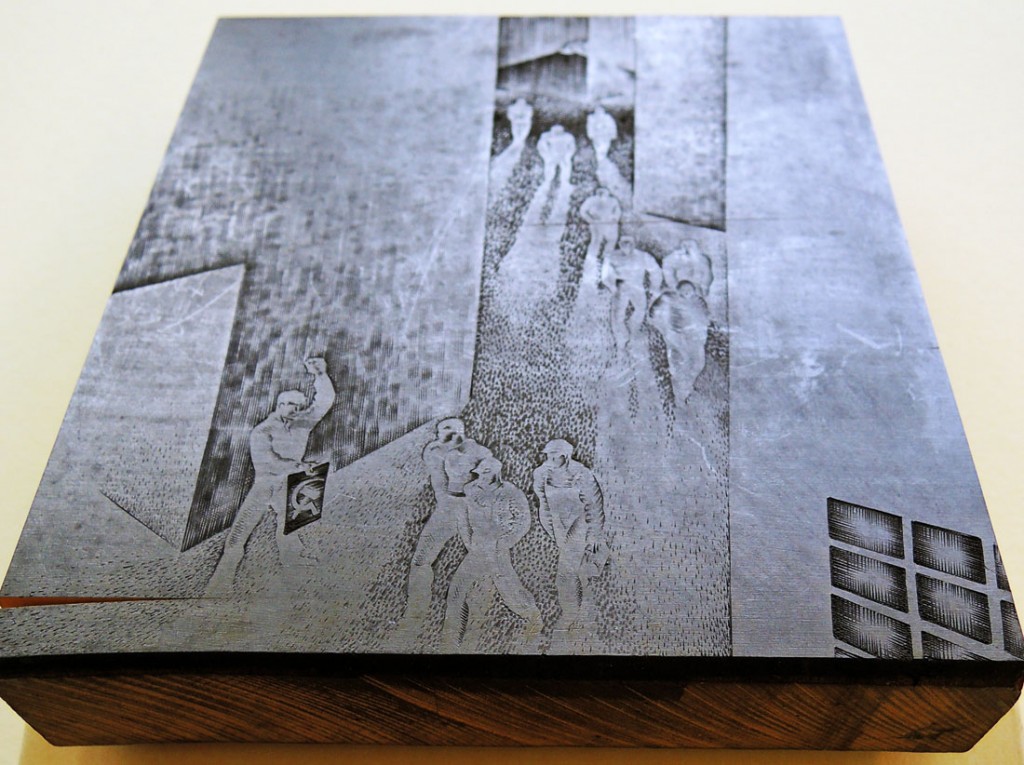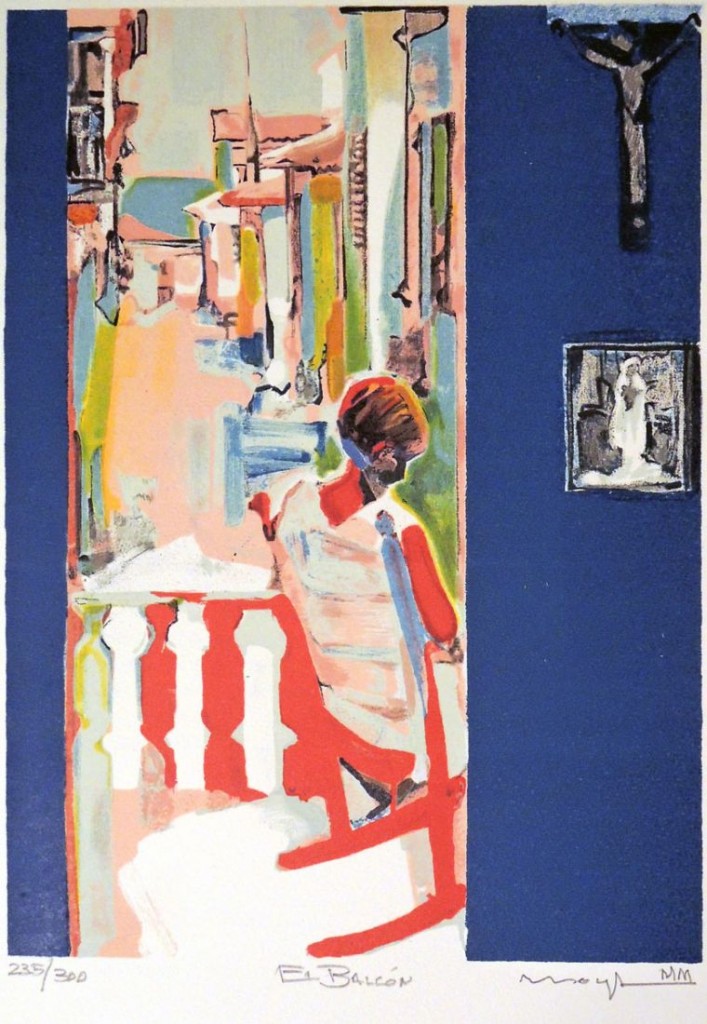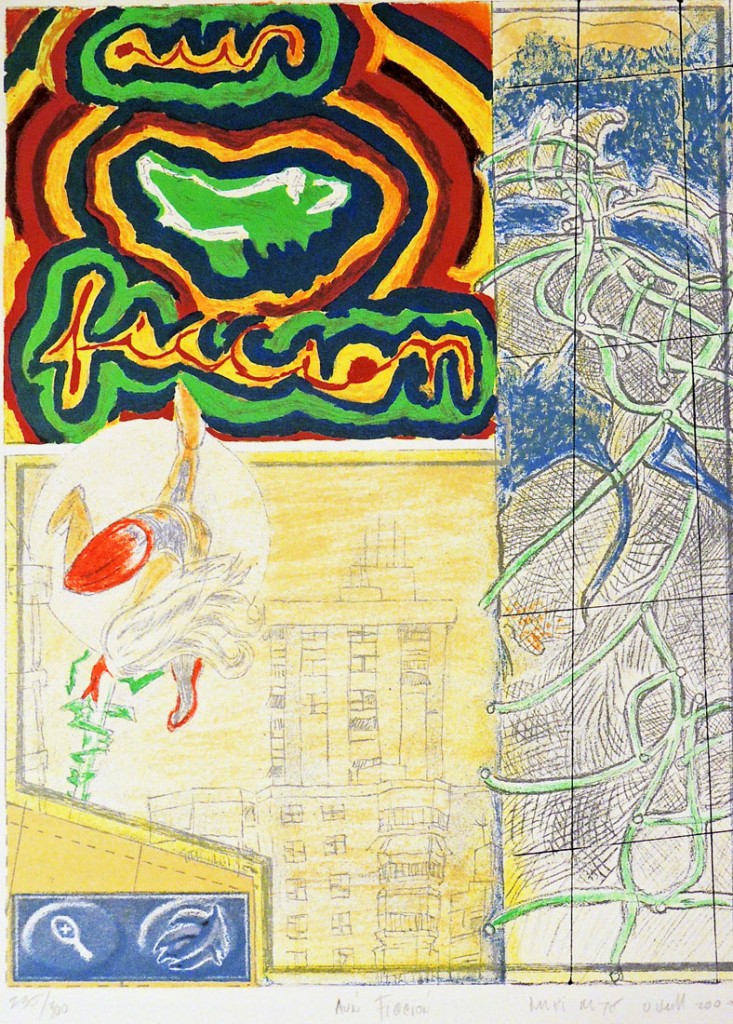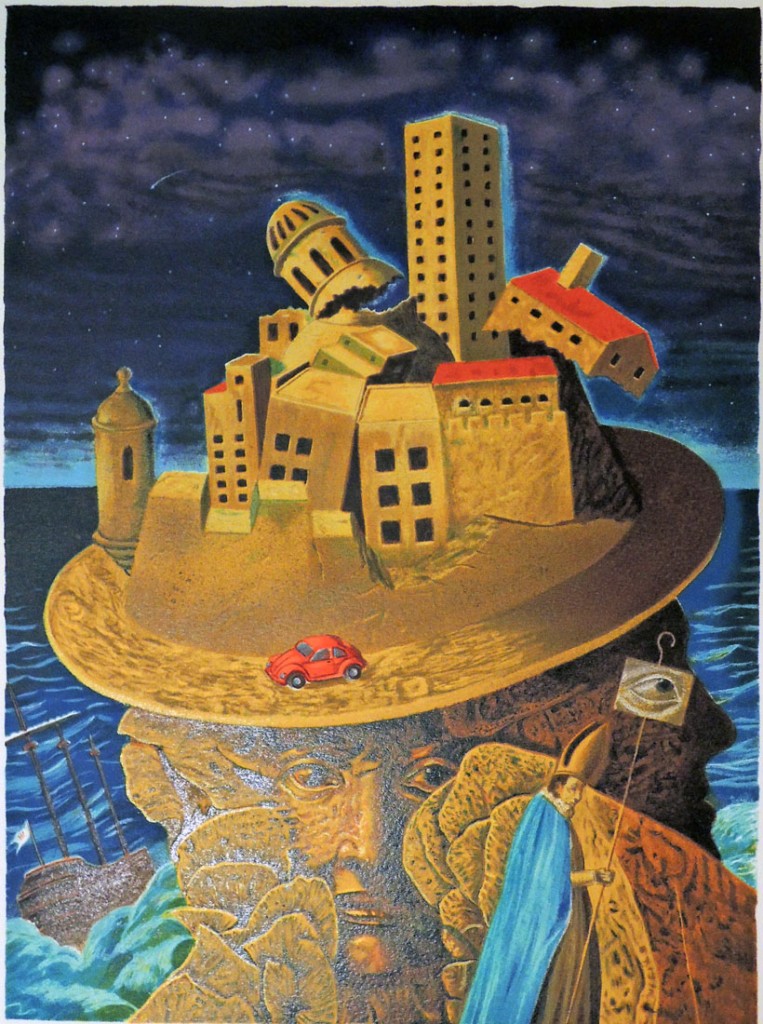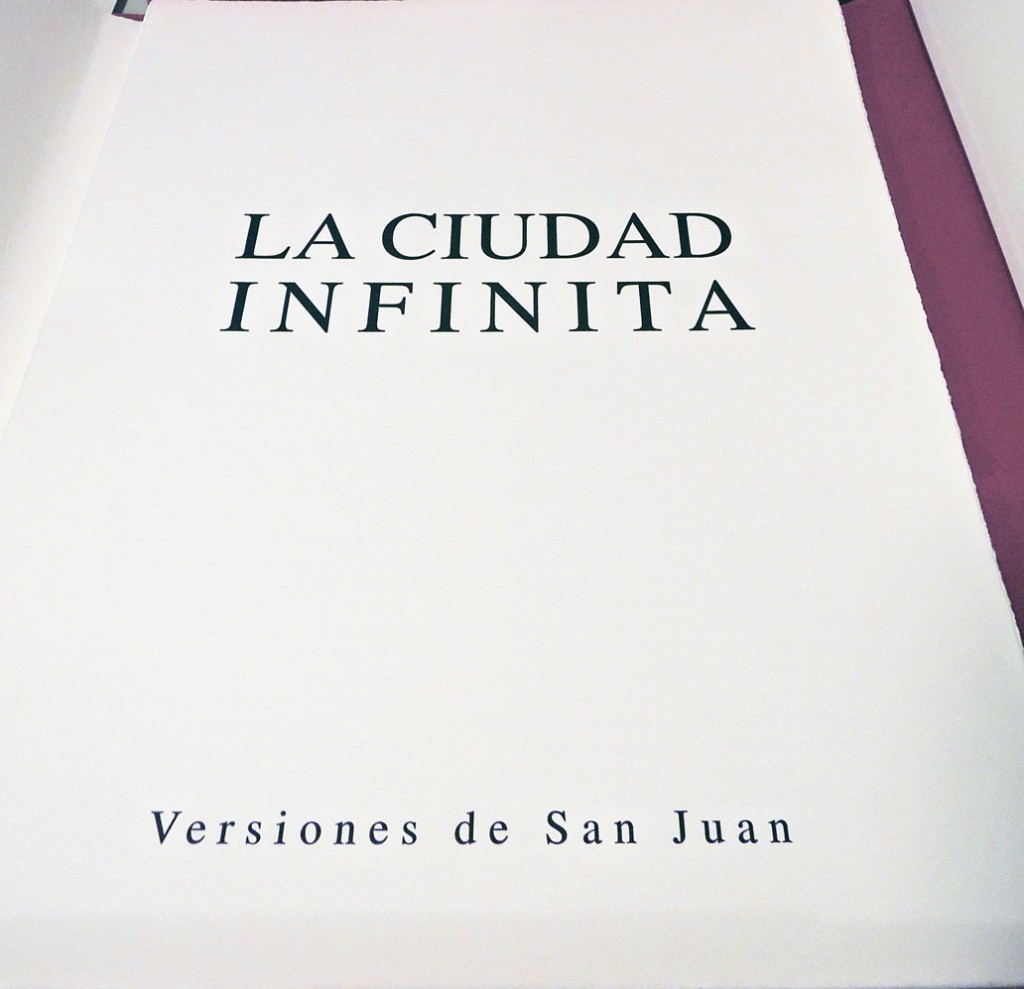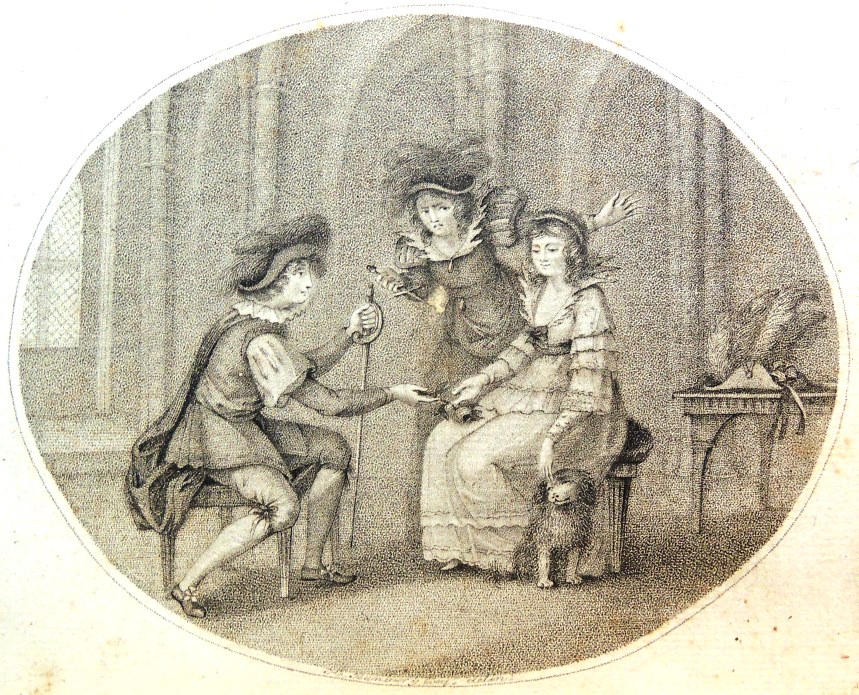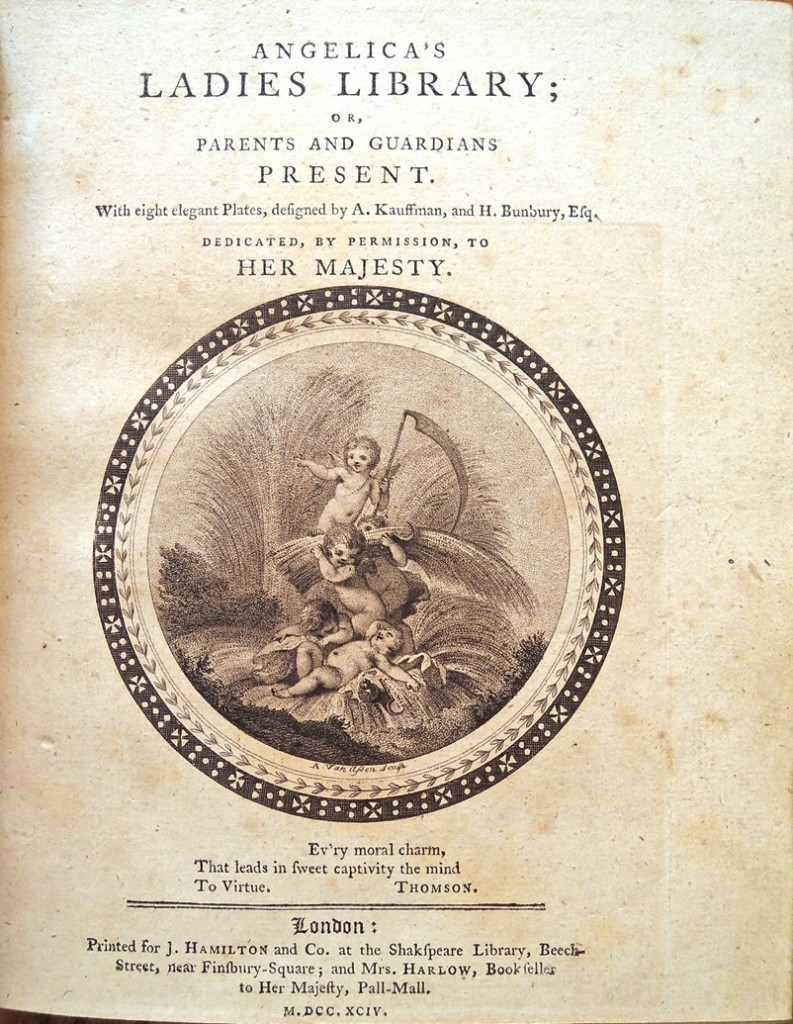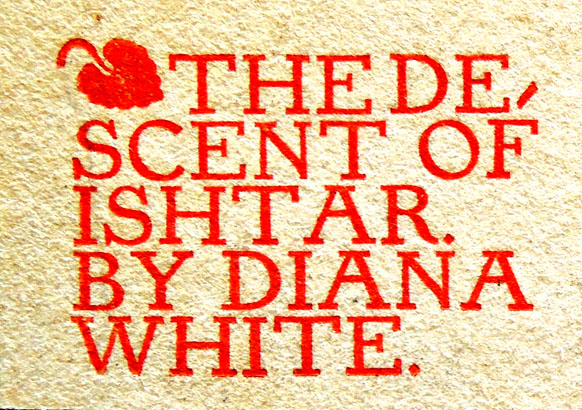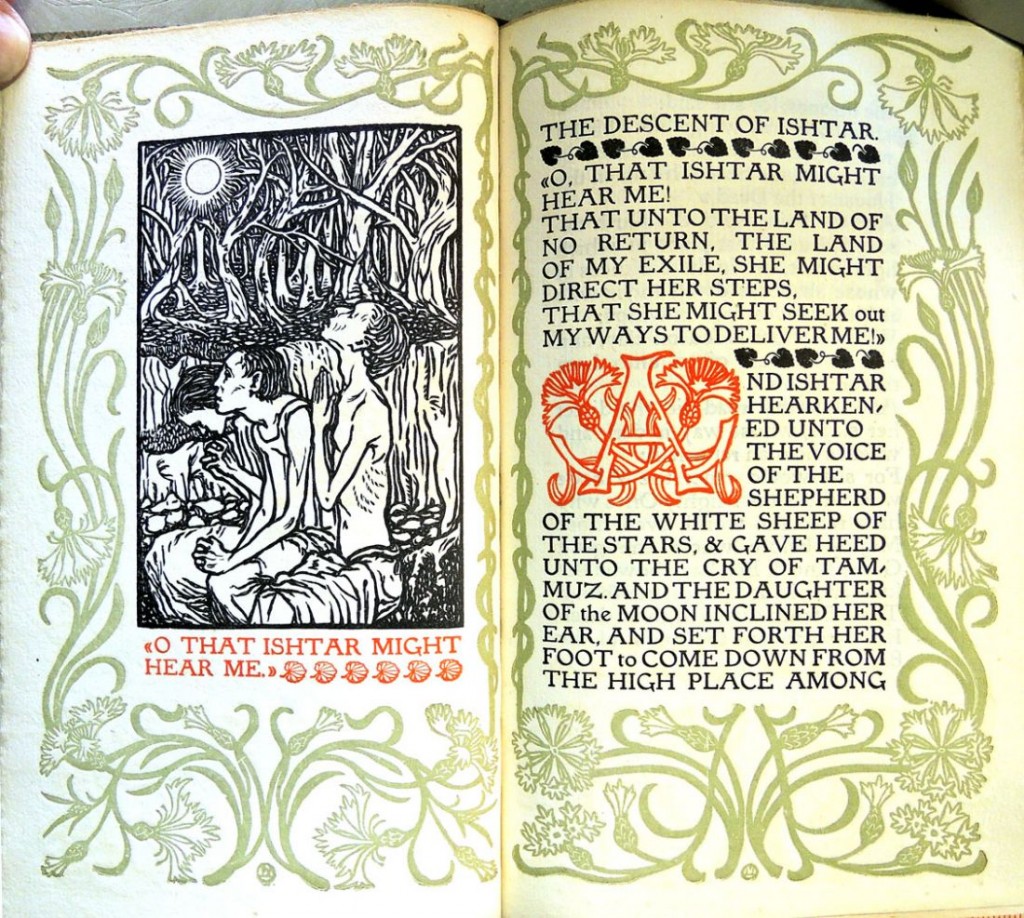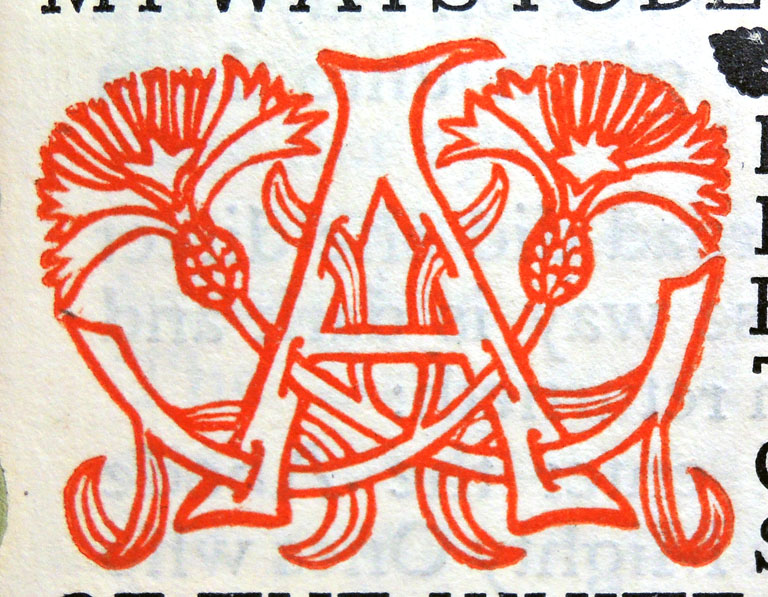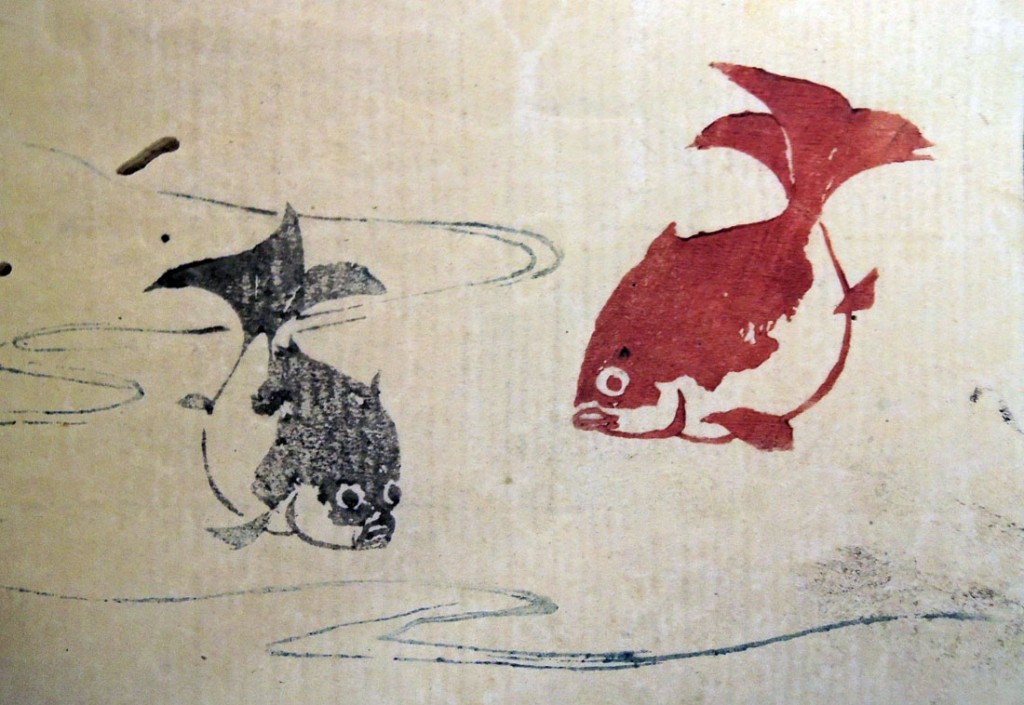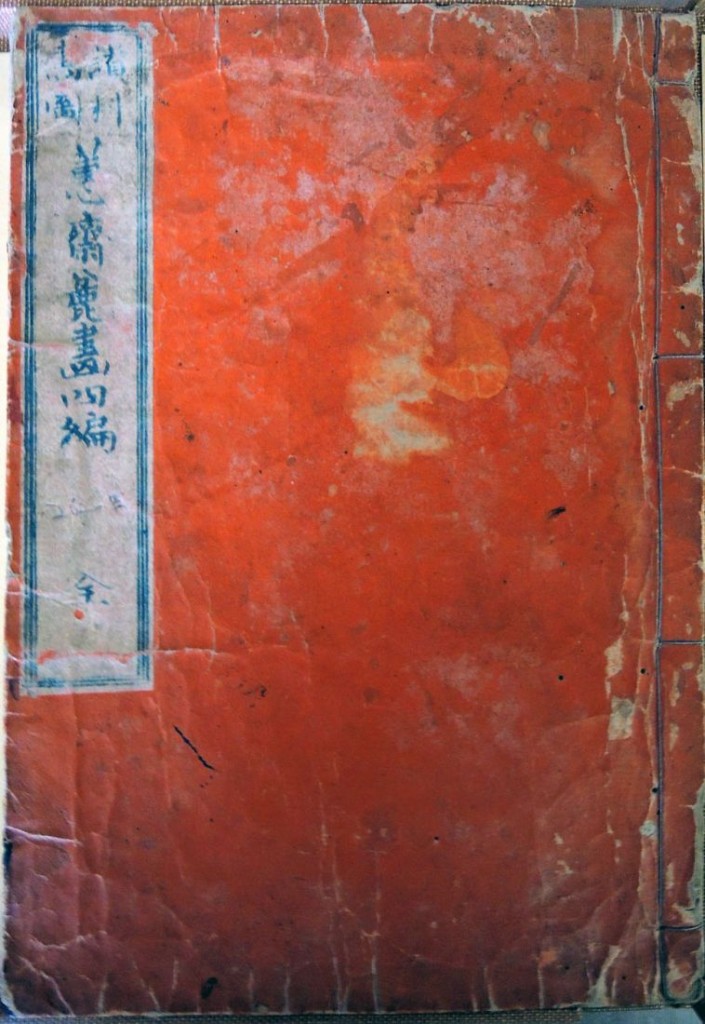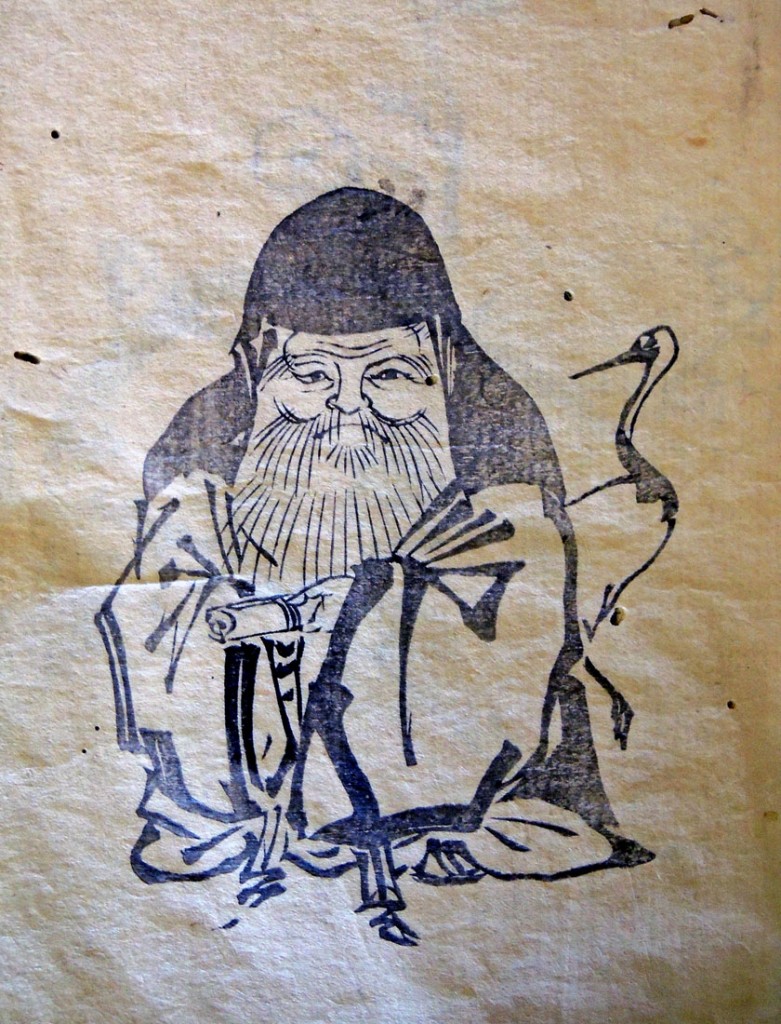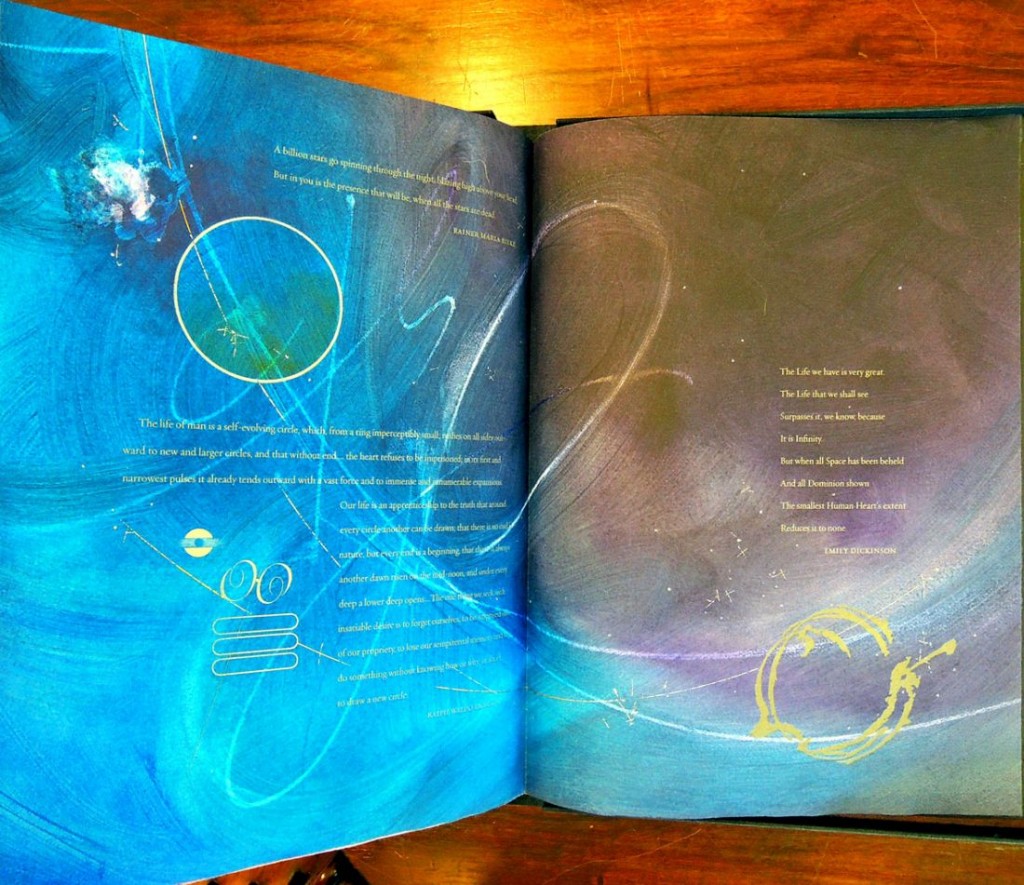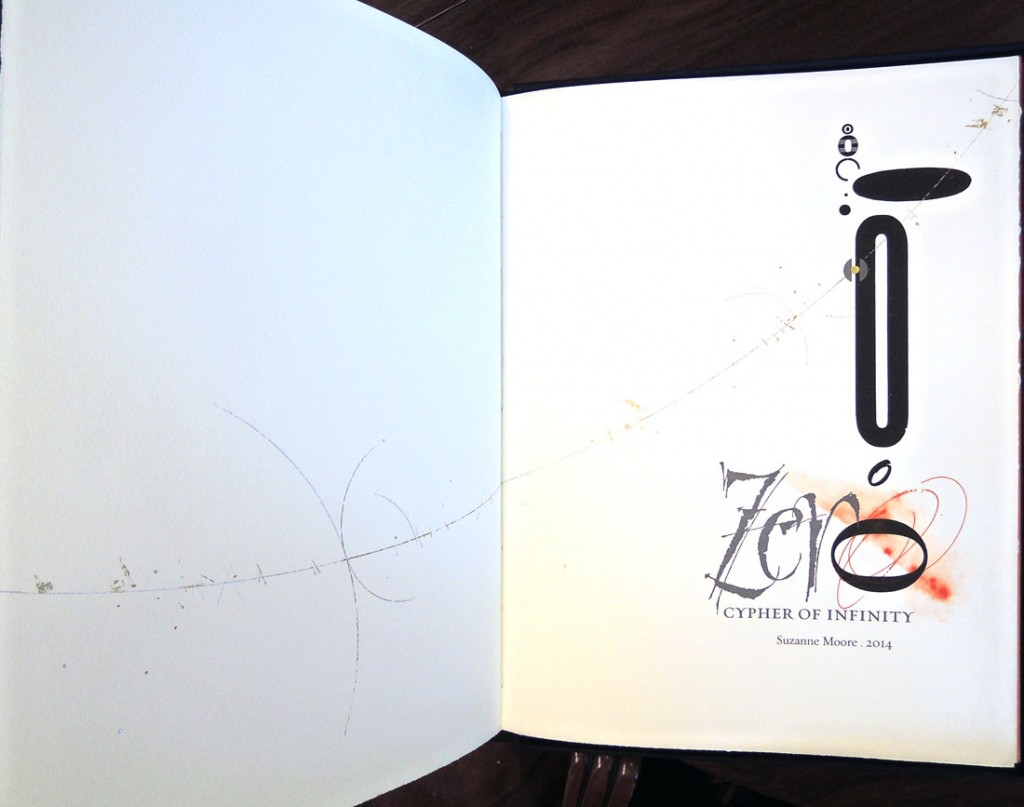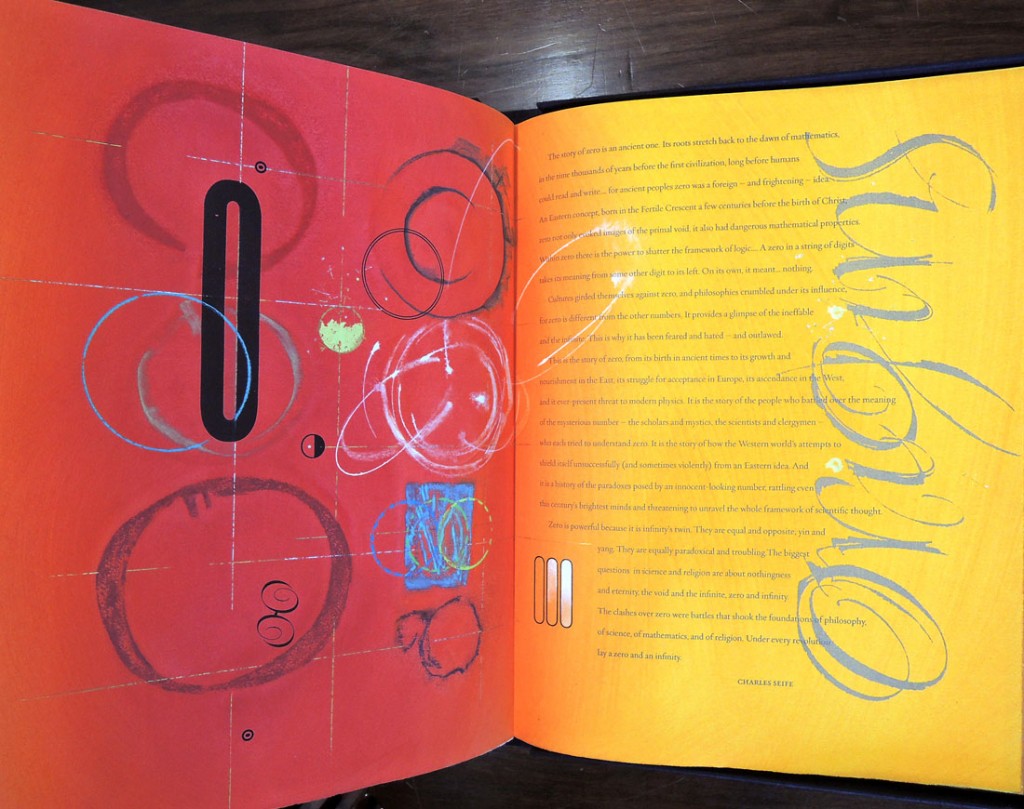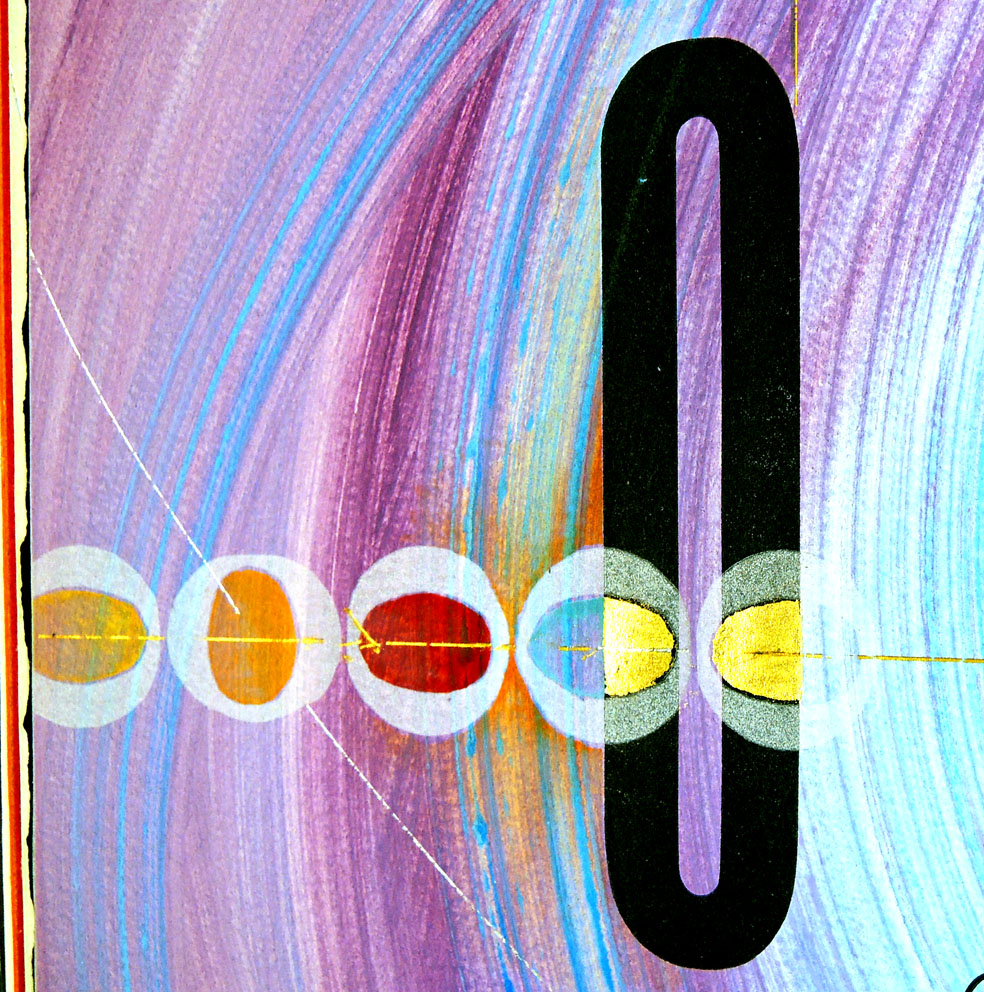Margaret Atwood – the first writer for Future Library from Katie Paterson on Vimeo.
A forest in Norway is growing. In 100 years it will become an anthology of books.
The Scottish artist Katie Paterson conceived of this 100-year-long project she calls Framtidsbiblioteket (The Future Library). It is one of four public artworks produced for Slow Space, a program of public artworks for Bjørvika, Oslo’s former container port, and commissioned by Bjørvika Utvikling.
The project has begun:
1. 1,000 trees have been planted outside Oslo, Norway, which will supply paper for a special anthology of books to be printed in one hundred years time.
2. The first writer, Margaret Atwood, has accepted a commission to write the first text over the next year, which will be sealed in a box, unread and unpublished until 2114.
3. Between 2014 and 2114, one additional writer every year will contribute a text, with the writings held in trust, unpublished, until 2114.
4. In 2114, the forest will be harvested and paper made to print an edition of each text.
5. Princeton will receive one complete set of the books.
According to Paterson’s website, the texts will be held in a specially designed room in the New Public Deichmanske Library, Oslo. Tending the forest and ensuring its preservation for the 100-year duration of the artwork finds a conceptual counterpoint in the invitation extended to each writer: to conceive and produce a work in the hopes of finding a receptive reader in an unknown future. Atwood comments:
I am very honoured, and also happy to be part of this endeavor. This project, at least, believes the human race will still be around in a hundred years! Future Library is bound to attract a lot of attention over the decades, as people follow the progress of the trees, note what takes up residence in and around them, and try to guess what the writers have put into their sealed boxes.
Guiding the selection of authors is the Future Library Trust, whose trustees include the artist, Literary Director of the Man Booker Prize Ion Trewin, Publishing Director of Hamish Hamilton Simon Prosser, former Director of the Deichmanske Bibliotek Liv Sæteren, Publishing Director of Forlaget Press Håkon Harket, Editor in Chief of Oktober Press, Ingeri Engelstad, Director of Situations Claire Doherty and Anne Beate Hovind, Bjørvika Utvikling’s Project Manager for the Slow Space Programme.
Thanks to the James Cohen Gallery for helping us be a part of this wonderful project.www.futurelibrary.no
Future Library, Katie Paterson from Katie Paterson on Vimeo.
